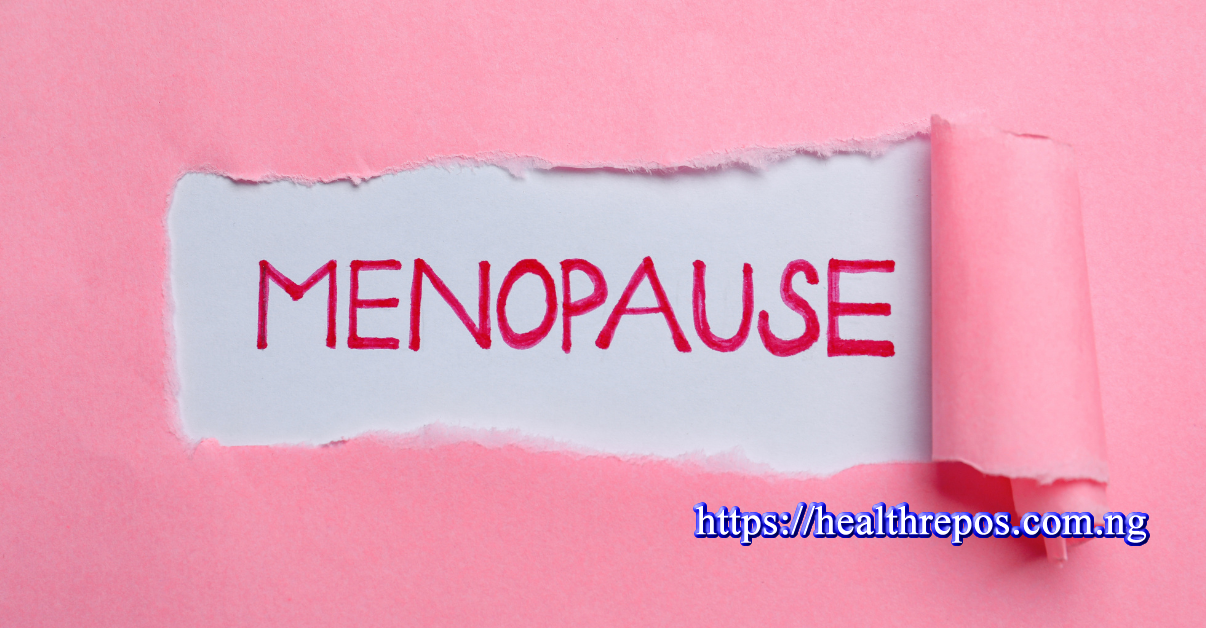
Introduction
As women age and enter menopause, the benefits of regular exercise become even more crucial for maintaining overall health and well-being. However, navigating exercise during this stage of life comes with its own set of and considerations. In this article, we will explore the pros and cons of exercising after menopause, providing insight into how women can optimize their fitness routines during this transition.
Pros of Exercising After Menopause
1. Bone Health Benefits
Regular weight-bearing exercises such as walking, jogging, or strength training can help bone loss and reduce the risk of osteoporosis, a common concern for women post-menopause.
2. Cardiovascular Protection
Engaging in aerobic activities like swimming, cycling, or dancing can help maintain heart health, lower blood pressure, and reduce the risk of heart disease, which becomes more prevalent after menopause.
3. Mood Enhancement
Exercise has been shown to boost mood, reduce stress, and alleviate symptoms of anxiety and depression, which can be more common during menopause due to hormonal changes.
4. Weight Management
Regular physical activity can help women maintain a healthy weight, control body fat distribution, and combat metabolic changes that often accompany menopause.
5. Social Connection
Joining group fitness classes, walking clubs, or sports teams can provide a sense of community, support, and social interaction, enhancing overall well-being during this life stage.
Cons of Exercising After Menopause
1. Joint Pain and Stiffness
Some women may experience joint pain, stiffness, or arthritis flare-ups during menopause, which can be exacerbated by high-impact exercises or intense training routines.
2. Hormonal Fluctuations
Hormonal changes during menopause can affect energy levels, recovery times, and exercise tolerance, making it important to listen to the body and adjust workout intensity accordingly.
3. Increased Injury Risk
Muscle mass loss, decreased bone density, and changes in ligament flexibility can increase the risk of injuries, requiring caution and proper warm-up and cool-down routines.
4. Hot Flashes and Discomfort
The sudden onset of hot flashes or night sweats can be triggered by exercise, causing discomfort and disruption to sleep patterns, requiring timing modifications for workouts.
5. Emotional Challenges
Coping with body image changes, fatigue, or self-esteem issues can impact motivation and adherence to an exercise regimen, necessitating a holistic approach to well-being.
“Exercise is not only beneficial for the body but also for the mind, offering a holistic approach to well-being during menopause.”
Conclusion
In conclusion, navigating exercise after menopause comes with a mix of benefits and challenges. By understanding the pros and cons of exercising during this life stage, women can tailor their fitness routines to optimize health, well-being, and quality of life. It’s essential to listen to the body, seek guidance from healthcare professionals, and find a balance that works best for individual needs and goals.
Remember, staying active and engaging in regular exercise can empower women to embrace the changes that come with menopause and lead fulfilling, healthy lives.
Remember to consult with a healthcare provider before starting a new exercise regimen. Stay active, stay healthy!